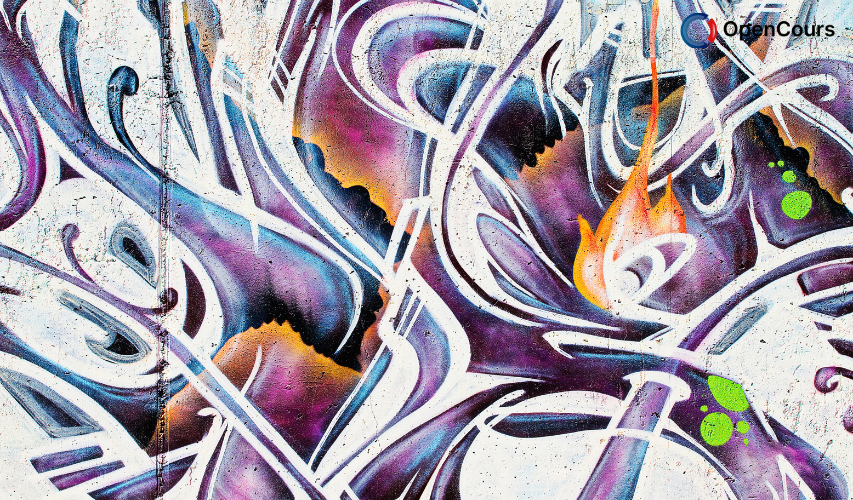Home » Course Layouts » Free Course Layout Udemy
In this course, you’ll look at an array of activities including leadership, human resources, finance, project management, change management, operations management, and stakeholder management.
0
59
English
English [CC]
- Learn basic syntax that can apply to any language.
- Learn what is a programming language and the basic concepts for beginners.
- Understand what is Javascript in it's truest form.
- Know the basic syntax of Javascript.
- Know some hidden quirks in Javascript.
Description
Introduction
In this course, Management: perspective and practice, you will be studying different ways to think about understanding organizations and approaches to managing the people who work within them. The theories and models in this course look at the organizational context (the ‘organization’, the ‘context’ and the ‘wider environment’ of) and help you to begin to answer the question: How does my organization context and environment affect my management practice? This course is comprised of:- Exploring ideas, Understanding organizations, and Organisational culture
- Discussing ways that organizational theorists have characterized organizational structures and cultures, and the impact of different national cultures on organizational practice and ways in which managers might make sense of these
- A short pre-reading activity asking you to think about a problem/opportunity situation in your own context, to see how these theories and models are both relevant and irrelevant to your own management practice.
- Creative problem solving
- Developing your skills in creative problem solving by learning some techniques based on systems theory
- Learning how to use case studies and their analysis to better understand and apply the ideas you are studying.
- Making connections
- Thinking more closely about your organization’s culture and how you can use metaphors to better understand the way organizations work.
Course learning outcomes
After studying this course, you should be able to:- Appreciate how organizational structure and culture contribute to management control in organizations
- Think about how to analyze an organization in this respect
- Understand an organization’s characteristics and how they might impact on management practices.
Course content
-
- Exploring ideas 00:05:00
- Your organizational problem or opportunity 00:05:00
- The organizational context 00:20:00
-
- Understanding organizations 00:05:00
- Organizational context 00:10:00
- What is an organization? 00:15:00
- Some common features of organizations 00:05:00
- Differentiation and integration 00:15:00
- Purpose and identity 00:20:00
- Size and life cycle 00:10:00
- The problem of rationality and control 00:00:00
- Organizations as psychic prisons 00:20:00
- Organizations as political systems 00:20:00
- Dealing with complexity 00:20:00
- Organizational culture 00:40:00
- Artifacts 01:00:00
- Types of organizational culture 00:10:00
- Deal and Kennedy model of organizational culture 00:30:00
- Handy’s four types of organizational cultures 00:40:00
- National cultures and organizational culture 00:10:00
- The Hofstede framework 01:00:00
- Managing cultural differences 00:30:00
- Making connections 00:20:00
N.A
- 5 stars0
- 4 stars0
- 3 stars0
- 2 stars0
- 1 stars0
No Reviews found for this course.
Instructor
Open University UK
4.8
4.8
14
43384
1068
Explore Free Courses
Access valuable knowledge without any cost.
{"title":"","show_title":"0","post_type":"course","taxonomy":"course-cat","term":"engineering-skills,health-and-safety","post_ids":"","course_style":"free","featured_style":"course6","masonry":"","grid_columns":"clear4 col-md-3","column_width":"268","gutter":"30","grid_number":"4","infinite":"","pagination":"","grid_excerpt_length":"20","grid_link":"1","grid_search":"0","course_type":"","css_class":"","container_css":"","custom_css":""}










